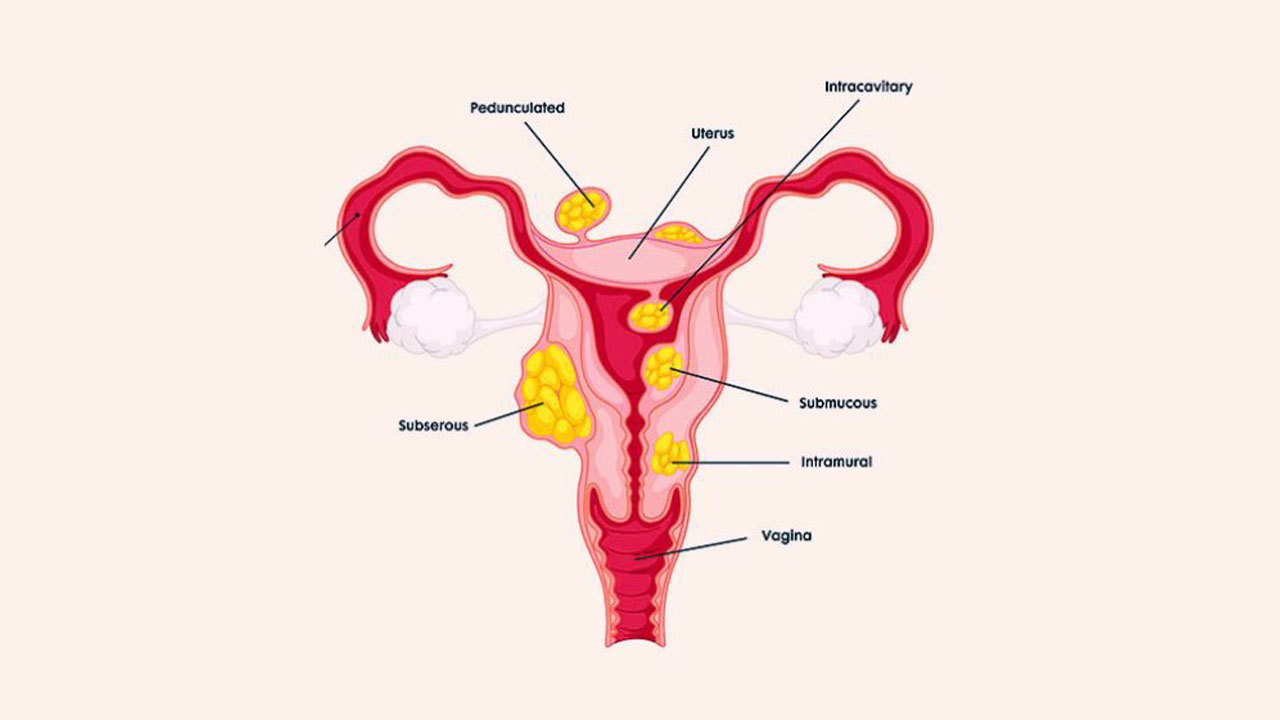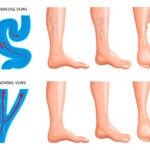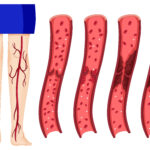Intramural fibroids, also known as myomas or leiomyomas, are a common type of tumour that develops within the muscular wall of the uterus. These benign growths are composed of smooth muscle cells and fibrous connective tissues. Intramular fibroids vary in size and location and specifically grow within the thickest layer of the uterus, known as the myometrium.
Causes and Risk Factors of Intramural Fibroids
Intramural fibroids are known to be idiopathic since the main cause of the fibroids is not yet fully understood. However, some factors can contribute to their development, such as:
Hormones
Some hormones that regulate the menstrual cycle are also known to promote the fibroid’s growth, i.e., estrogen and progesterone. These hormones stimulate the growth of fibroids if a woman is in her reproductive years. After menopause, fibroids typically shrink because the levels of hormones relatively decline.
Genetic predisposition
The likelihood of getting fibroids is increased with a family history. Hence, genetics can play an important role in developing fibroids. Women with a mother or sister with a history of fibroids are at a higher risk of developing intramural fibroids.
Age and ethnicity
Women, most commonly between the ages of 30 to 50 years, are more prone to developing fibroids. According to some studies, American and African women are more likely to develop fibroids at a younger age than women of other ethnicity.
Lifestyle factors
A sedentary lifestyle, high cholesterol levels, and obesity have proven to be associated with an increased risk of fibroids.
Symptoms
Symptoms of intramular fibroids vary depending on their size and location within the uterus. Intramural fibroids may be asymptomatic in some women, while others may experience common uterine symptoms that include:
- Heavy menstrual bleeding
- Pelvic pain and pressure
- Frequent urination
- Constipation
- Infertility and Complications During Pregnancy
Diagnosis
Intramural fibroids are commonly diagnosed during a pelvic examination or through different imaging tests, such as ultrasound, MRI, or hysterosonography. The size and location of the fibroids can be determined within the uterus from the tests mentioned.
Treatment Options for Intramural Fibroids
The treatment options for intramural fibroids depend upon the severity of symptoms, age, physical health, and fibroids. The most common treatment options available to manage intramural fibroids are:
Medication
Medications such as birth control pills, gonadotropin-releasing hormone agonists, and non-hormonal medications can help manage symptoms like heavy menstruation and pain.
Minimally invasive procedures
UFE is rising to be the best minimally invasive treatment option to manage fibroids and their related symptoms.
Surgery
Surgical options such as myomectomy (a surgical procedure to remove the fibroids while preventing the uterus) or hysterectomy (removal of the uterus) are the options available to treat fibroids considering the severity of symptoms and other major life choices of the patient.
Intramural fibroids are a common gynecological condition that can impact a woman’s quality of life. Most of the time, fibroids are non-cancerous and often asymptomatic, but they can cause a range of uncomfortable symptoms that may require proper medical assistance. Understanding the risk factors, symptoms, and treatment options is essential for managing the condition and improving overall well-being.




